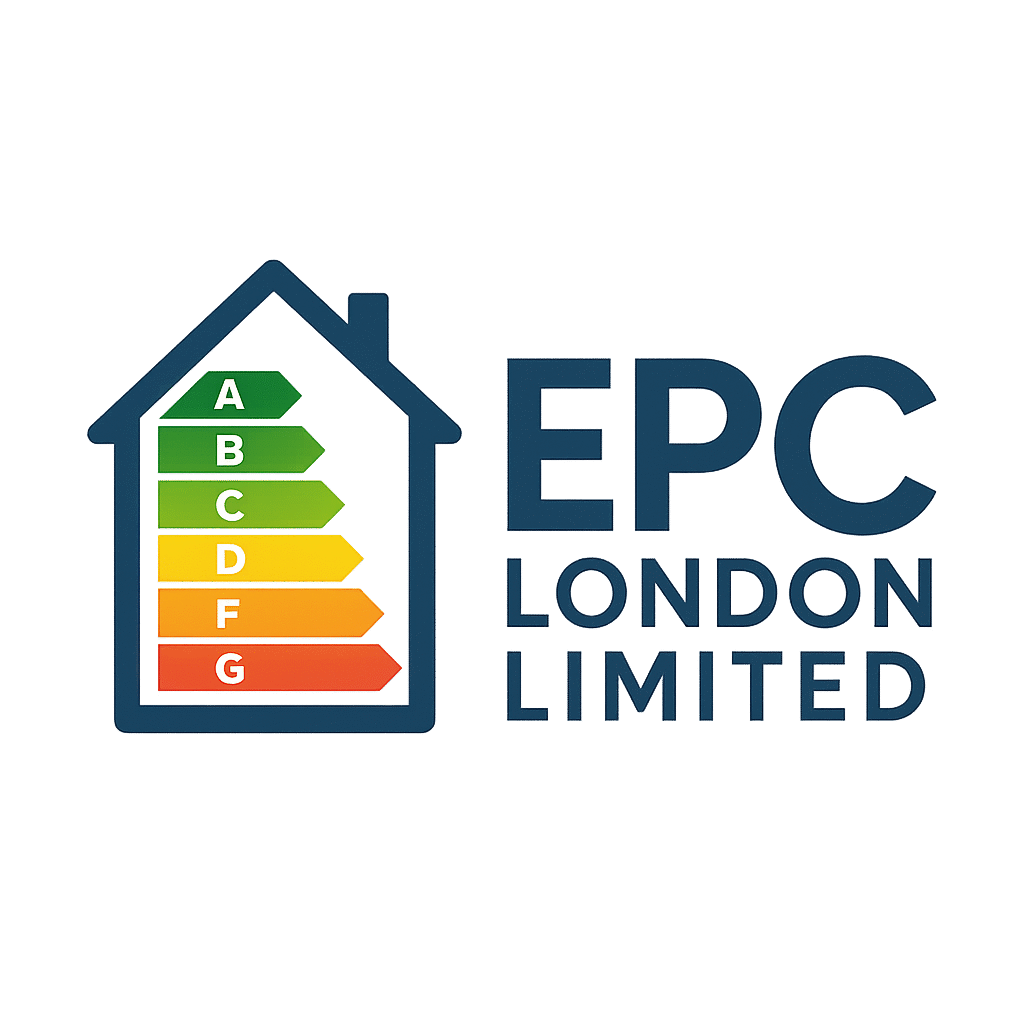Energy Performance Certificates (EPCs) are designed to measure the energy efficiency of properties across the UK. However, when it comes to listed buildings, conflicts often arise between EPC requirements and heritage preservation rules. This tension has created challenges for homeowners, developers, and policymakers trying to balance energy efficiency with conservation.
Understanding EPCs and Listed Buildings
Listed buildings are protected due to their historical or architectural significance. Alterations that affect the structure, materials, or appearance often require special permissions, making standard energy efficiency upgrades difficult or even impossible.
Meanwhile, EPCs assess a building’s:
Wall, roof, and floor insulation
Window types and glazing
Heating and cooling systems
Renewable energy installations
Achieving high EPC ratings in listed buildings can be technically challenging due to conservation constraints.
The Core Conflict
1. Restricted Modifications
Listed buildings cannot always be retrofitted with modern insulation, double glazing, or energy-efficient heating systems without violating heritage regulations. This creates a structural limitation that prevents EPC compliance.
2. Financial Implications
Owners of listed buildings may face penalties or reduced market value if EPC ratings are low. Yet, upgrading these properties is often more expensive or legally restricted, creating a financial and regulatory paradox.
3. Policy Tensions
EPCs aim to reduce energy use and carbon emissions, while heritage protections focus on preserving historical authenticity. Balancing these objectives requires nuanced policies that recognize the unique challenges of listed buildings.
Potential Solutions
Exemptions and Adjusted EPC Metrics
Tailoring EPC calculations for listed buildings can account for unavoidable energy inefficiencies while still encouraging practical improvements.Non-Invasive Upgrades
Techniques such as secondary glazing, draught-proofing, or energy-efficient lighting can improve performance without compromising heritage features.Financial Incentives
Grants, tax relief, or subsidies for energy efficiency in listed buildings can help offset the higher costs of compliant upgrades.
How Urgent EPC Can Help
At Urgent EPC, we specialize in providing accurate EPC assessments for all types of properties, including listed buildings:
Residential EPC – Reliable energy assessments tailored for older or protected properties.
Same-Day EPC – Rapid EPC certification for urgent needs.
Pricing Plan – Transparent pricing for all property types.
Contact Us – Expert advice on improving EPC ratings within the constraints of listed building regulations.
Conclusion
The clash between EPC ratings and listed building exemptions highlights the complex balance between sustainability and heritage preservation. While energy efficiency remains a key goal, policies must recognize the structural and legal limitations of listed properties. By working with Urgent EPC, homeowners and developers can ensure accurate assessments and practical guidance, achieving the best possible energy performance without compromising historical integrity.





